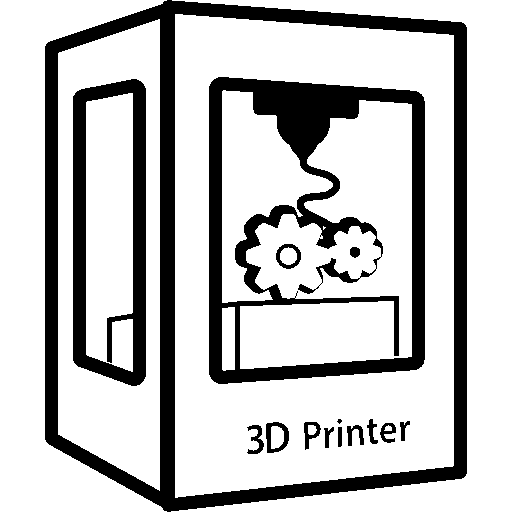- 0 Posts
- 9 Comments


Kernel modules don’t have to be open source provided they follow certain rules like not using gpl only symbols. This is the same reason you can use an NVIDIA driver.
Its not enforced so much by law as what the fsf and Linux foundation can prove and are willing to pursue; going after a company that size is expensive, especially when they’re a Linux foundation partner. A lot of major Linux foundation partners are actively breaking the GPL.


I work with SoC suppliers, including Qualcomm and can confirm; you need to sign an NDA to get a highly patched old orphaned kernel, often with drivers that are provided only as precompiled binaries, preventing you updating the kernel yourself.
If you want that source code, you need to also pay a lot of money yearly to be a Qualcomm partner and even then you still might not have access to the sources for all the binaries you use. Even when you do get the sources, don’t expect them to be updated for new kernel compatibility; you’ve gotta do that yourself.
Many other manufacturers do this as well, but few are as bad. The environment is getting better, but it seems to be a feature that many large manufacturers feel they can live without.


Typically no, the top two PCIE x16 slots are normally directly to the CPU, though when both are plugged in they will drop down to both being x8 connectivity.
Any PCIE x4 or X1 are off the chipset, as well as some IO, and any third or fourth x16 slots.
So yes, motherboards typically do implement more IO connectivity than can be used simultaneously, though they will try to avoid disabling USB ports or dropping their speed since regular customers will not understand why.





It really depends on what you’re most comfortable with; when you go for such a custom option most of the design decisions are about personal preferences.
I suggest you draw out some layouts on a piece of paper, adjust them until you feel happy and then plan out how you want the keymap to look. When you’re happy, look for a layout that fits what you want or build your own on KiCAD.
I bought a kyria from Splitkb, and I’ve been very happy with the design. If I needed another keyboard, it would probably be a very similar layout, but have slightly fewer keys, be low-profile and no oleds.